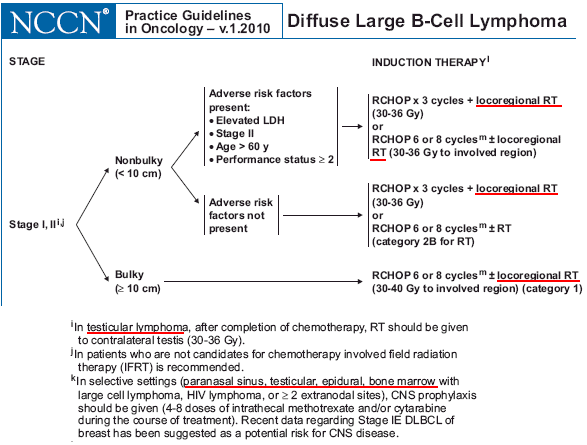Extranodal Lymphoma |
Bone |

Localized non-Hodgkin
lymphoma involving the thyroid gland/ Relapse-Free Survival
Cancer 2001;91:629-35
Extranodal Lymphoma |
Bone |

Localized non-Hodgkin
lymphoma involving the thyroid gland/ Relapse-Free Survival
Cancer 2001;91:629-35
![]()
